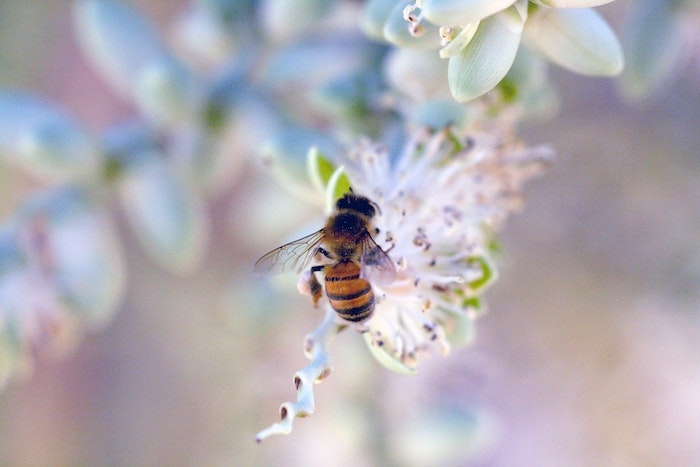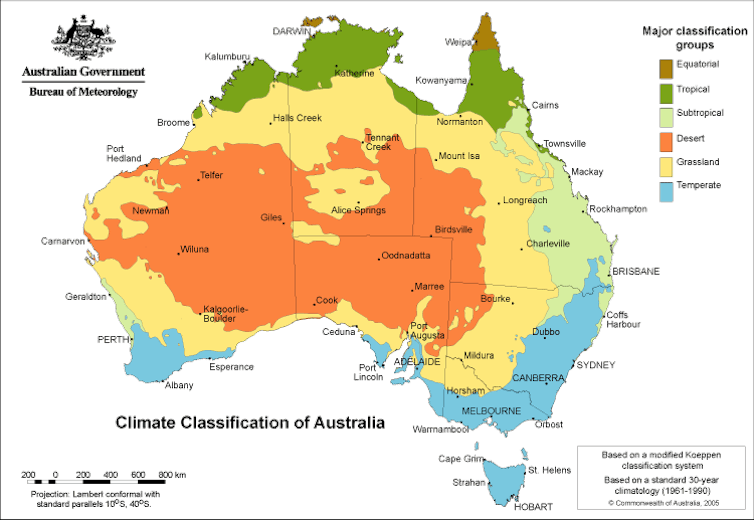
The busy buzz of pollinating bees is a sound most of us associate with summer. If you live in temperate regions of Australia, you may start to notice fewer insects as the weather gets colder. Across most of the continent, however, some flower-visiting insects are active all year round – and some are more common in cooler months.
Planting winter-blooming flowers is a great way to support beneficial garden insects. Now is the perfect time to start planning your pollinator-friendly winter garden.
Flowers are an important source of food for insects such as bees, butterflies, wasps and hoverflies. Sugary nectar is an important source of carbohydrates, while pollen packs a powerful protein punch.
Planting flowers also attracts and sustains predatory insects. This can help keep pest species under control, meaning less need for pesticides.

Know your winter-active insects
First, let’s look at which pollinators and helpful predators you can expect in your garden in winter.
This guide, as well as the below gardening tips, applies primarily to temperate regions of Australia where temperatures become cool over winter.
The temperate region comprises the areas shown in blue below. It includes the coastal rim that curves from inland of Brisbane down to Sydney, Canberra, Melbourne and Adelaide, as well as Tasmania and the southwest tip of Western Australia.

One of the most common pollinators is the Western honeybee (Apis mellifera). This introduced species evolved in cooler regions of the world and tends to be more cold-tolerant than most native bees. They’ll start to leave the hive when the temperature rises above 13℃, but are most active above 19℃.